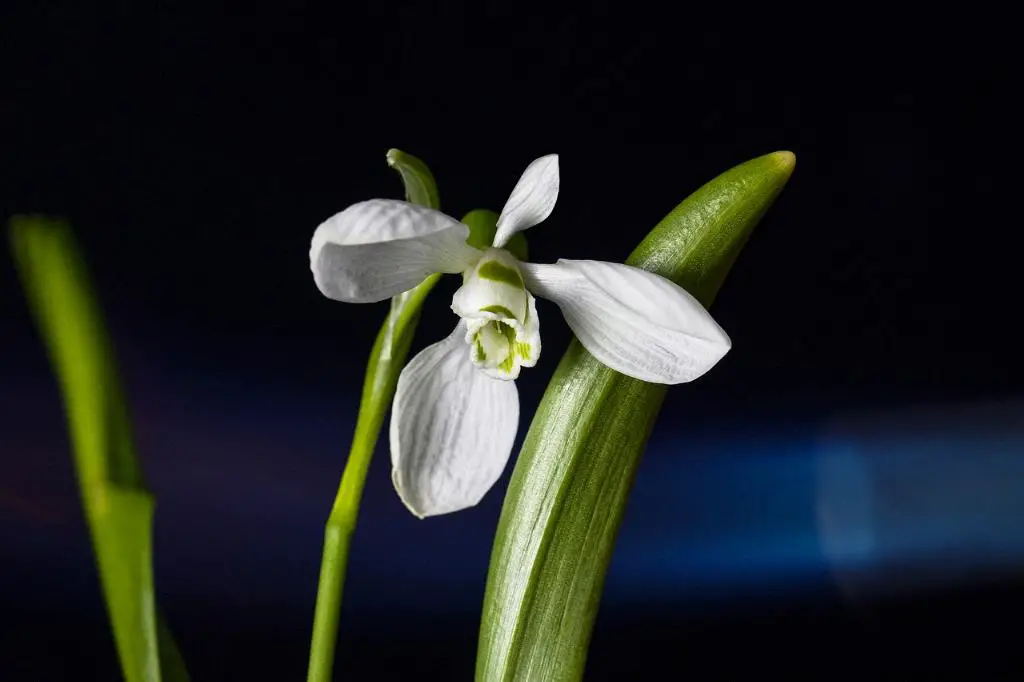When it comes to caring for your beautiful amaryllis plant, proper watering is key to its health and vibrant blooms. To ensure your amaryllis thrives, it’s important to follow a few simple watering guidelines that will keep your plant happy and flourishing.
First and foremost, it’s crucial to water your amaryllis plant until the soil is moist. This means ensuring that the water penetrates through the root zone and reaches the bottom of the pot. Properly moistened soil provides the necessary hydration for your amaryllis to grow and bloom successfully.
After watering your amaryllis, it’s essential to place the plant in a sunny spot. Amaryllis plants thrive in bright, indirect sunlight, so be sure to choose a location that receives ample natural light throughout the day. This will help your plant photosynthesize efficiently and produce stunning blooms.
While watering is crucial for your amaryllis plant’s growth, it’s equally important to avoid overwatering. Excess moisture in the soil can lead to root rot and other diseases that can harm your plant. To prevent this, only water your amaryllis when the top 7 cm of soil feels dry to the touch.
By allowing the soil to partially dry out between waterings, you can ensure that your amaryllis receives the perfect balance of hydration and oxygen. This will promote healthy root development and overall plant growth, leading to a more robust and vibrant amaryllis.
It’s worth noting that amaryllis plants typically require less water during their dormant period. When your plant is not actively blooming, reduce the frequency of watering to prevent waterlogged soil and potential damage to the bulb.
For best results, water your amaryllis plant with room temperature water. Cold water can shock the roots, while hot water may damage the delicate root system. Using water at a moderate temperature will help maintain the plant’s overall health and vitality.
When caring for your amaryllis, observe the plant closely for any signs of underwatering or overwatering. Wilting leaves, yellowing foliage, or mushy stems can indicate that your plant is not receiving the correct amount of water. Adjust your watering schedule accordingly to address these issues.
Remember that a well-hydrated amaryllis plant should produce gorgeous blooms within 8 to 10 weeks of proper care. With the right watering routine and adequate sunlight, your amaryllis will reward you with stunning flowers that will brighten up your home or garden.
In conclusion, mastering the art of watering your amaryllis is essential for ensuring the health and vitality of your plant. By following these watering tips and guidelines, you can nurture your amaryllis to thrive and bloom beautifully season after season.

